By: Brittany Racca
(UPDATE 10/7/2022: Shadows is temporarily closed until April 1, 2023. View the complete announcement here.)
Shadows-on-the-Teche is proud to announce their brand new tour! We spoke with Jayd Buteaux, Shadows' Marketing & Programs Manager, to get all the answers about the new tour for you and what makes it one of the best plantation tours in Louisiana. Two Women. Two Stories. One all new tour!
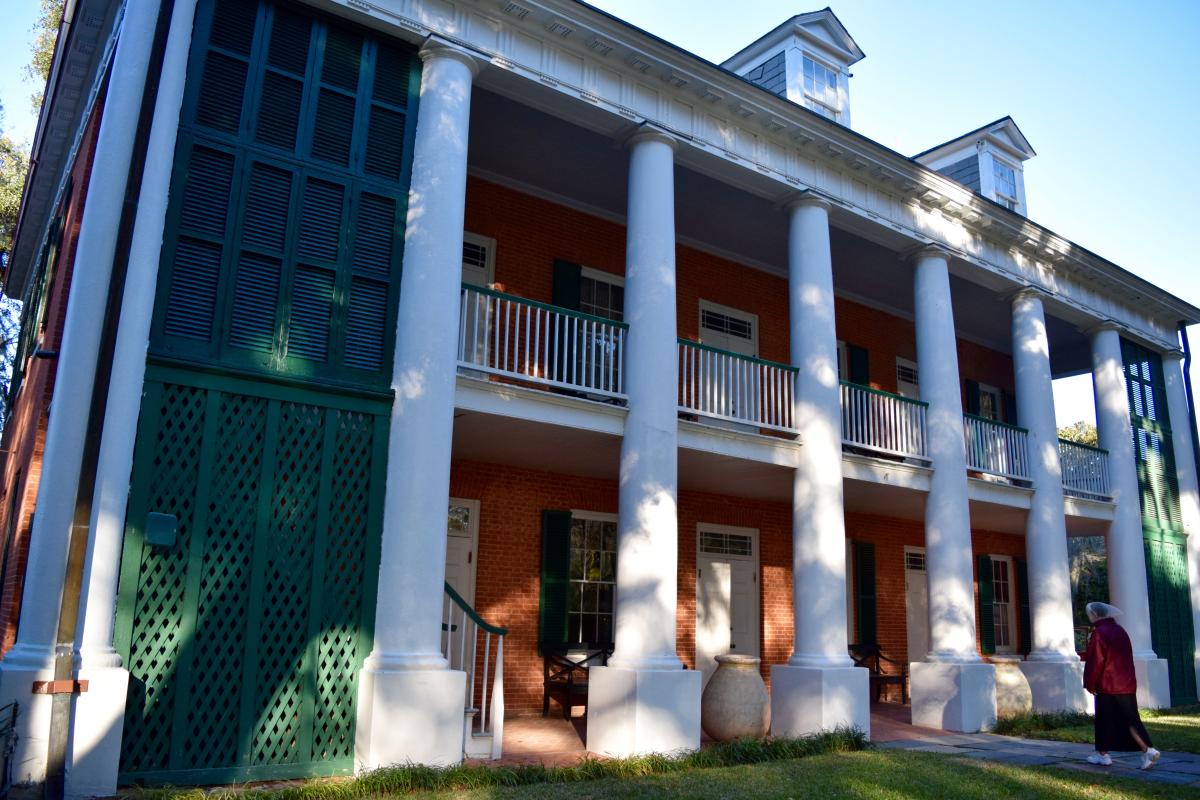
1) Unique Take on History:
Our new tour is not one you’re going to get anywhere else. The major change is it’s focused on women in the antebellum period, at a time when women didn’t necessarily have more traditional forms of power.
It’s an inclusive story of women. The main characters of the tour narrative are Mary Weeks, who took over the sugar plantation’s operation after the death of her husband; and Louisa Bryant, the enslaved housekeeper who managed the day-to-day at Shadows. It's a different way of showing visitors that both of these groups have important stories that should be told, and it's done through eyes that are rarely highlighted from the time period.
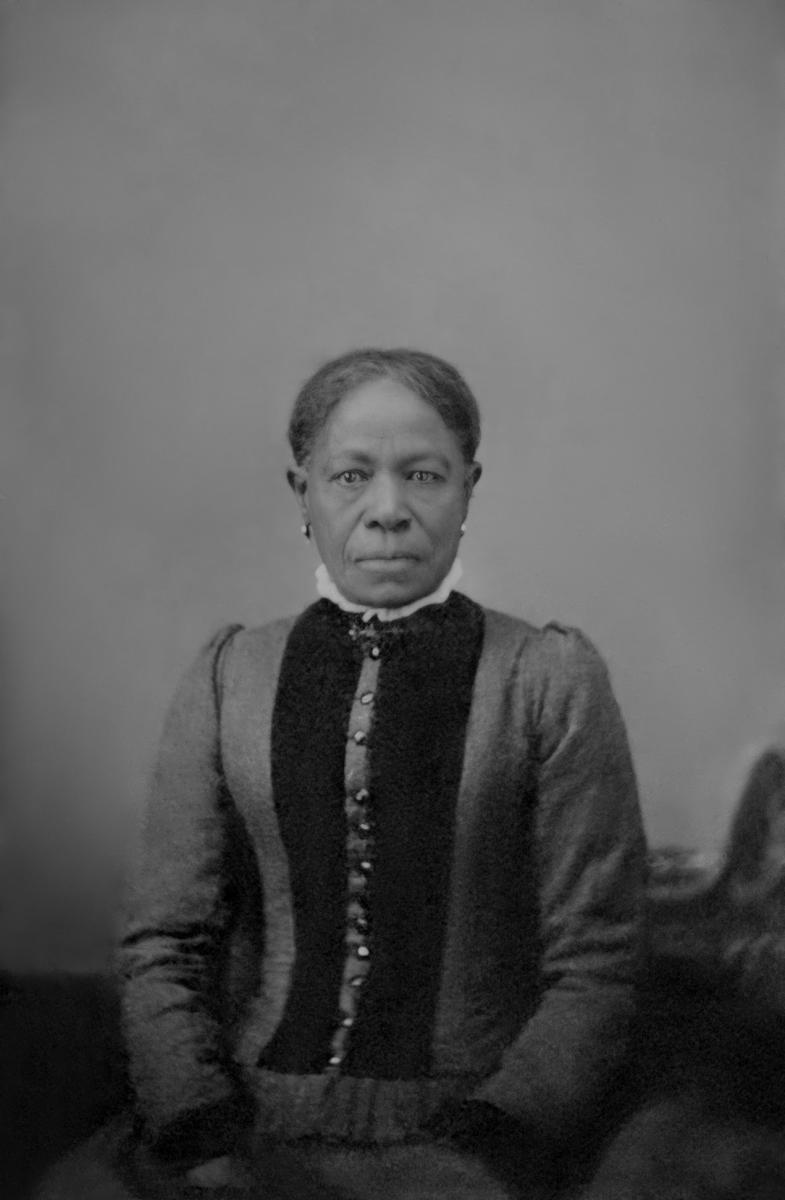
Ann Bowles (Louisa's daughter. No known photo of Louisa exists)
2) Newly Developed Tour:
We've changed the focus to the antebellum period (approx. 30 years) rather than trying to cover the entire timeline of Shadows (approx. 125 years). This allows us to feature a smaller group of people, which enables us to dig deeper into the overall story.
Now, we discuss life at Shadows for those who lived and worked there (Weeks family and enslaved individuals). We’re not really going into detail about daily life at Grand Cote. Grand Cote is important in that it was the sugarcane plantation, therefore, the majority of the enslaved people (approx. 160) owned by the Weeks family lived and worked there. It was the forced labor in the sugarcane fields and during harvest that made Shadows itself possible.
The objects on display have changed a little, too. There are objects on exhibit that have never been on display before, and there are some that have been moved from other rooms to better help the interpretation.

Charity
3) Inclusively Told Stories
A lot of this came out of our pandemic closure. We used this time to revisit the documents and build on previous research. At any point when you read through the Weeks Family Papers, the stories of Mary and Louisa and their interactions rise to the surface. We’ve always wanted to develop a tour around these two women and we accomplished this goal while also telling a more inclusive story of life at Shadows.
Also, the tour is the first step. Our long-term goal is to continue to build off of the tour for new programming. That could be lectures, special focus tours, exhibits, etc. Keep an eye out for upcoming announcements!
4) Fully Researched
We utilized the time of our pandemic closure to revisit the Weeks Family Papers, building on research that had previously been done. The papers are the primary documents associated with Shadows. There are over 17,000 letters, invoices, inventories, and receipts in this collection, which date from the late 1700s to the mid-1950s.
Historian Kenetha Harrington was brought in to explore the documents for stories that are important in understanding the site’s history, but were historically excluded from the interpretation. Laura Kilcer, curatorial consultant specializing in the development of ethical narratives at sites of enslavement, worked with Shadows' staff to identify themes on which the new tour would be based.
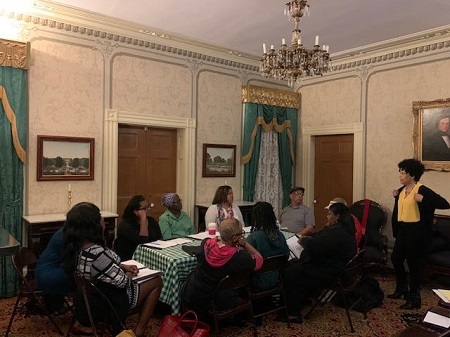
An advisory group was created to help in guiding the reinterpretation plan. Its members provided feedback throughout the process. Harrington’s research document and Kilcer’s tour were shared with the advisory group.
Once the new tour was finalized, our interpreters went through additional training sessions.
Harrington and Kilcer both worked with staff in planning changes to the period rooms in the house that added to the new tour experience. Some pieces were taken out of storage and put on display for the first time, whereas others found a new home in a different room. This much needed work would have not been possible without grants from the National Trust for Historic Preservation and the Louisiana Endowment for the Humanities.
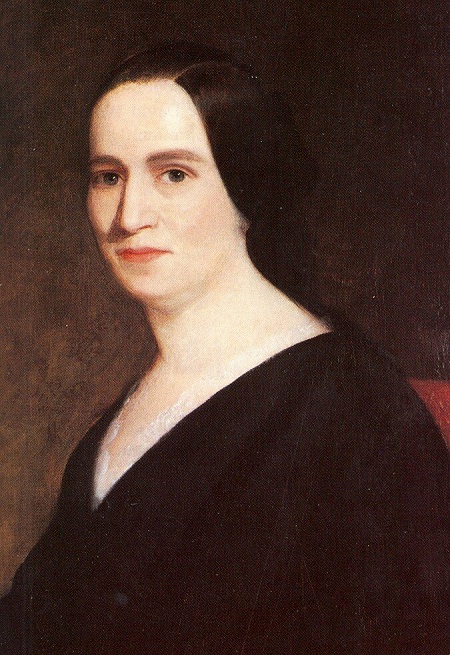
Mary Weeks
5) Highlights Women
This has been a story that we’ve wanted to tell for some time, that of Louisa and Mary, because the story of Shadows is one of women and women’s history, especially during the antebellum period.
The tour is a more inclusive story so while visitors are learning about Mary and her role as widow, planter, enslaver, mother, and wife, they’re also learning about Louisa who was also a widow, mother, and wife, in addition to being an enslaved person at Shadows. Visitors also learn about Charlotte and Charity, two enslaved women at Shadows that have fascinating stories.
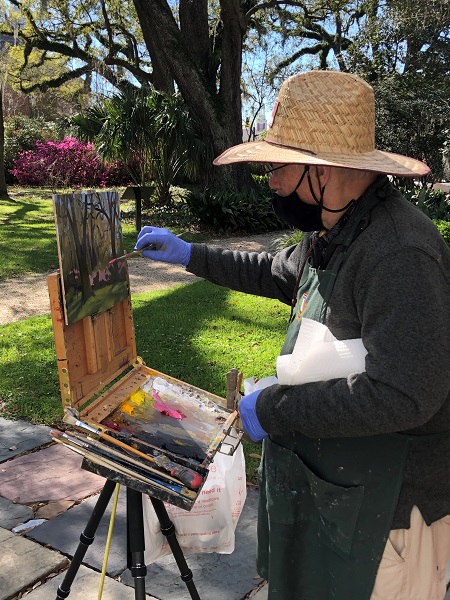
6) Great Events
We're open Thursday-Saturday, 10 AM - 4 PM, for tours, but we have a ton of great events that you can plan trips around as well.
- In the fall/winter we have Farm Fest (September) which is a component of the Louisiana Sugar Cane Festival, Arts & Craft Fair (October) with vendors throughout the gardens, and the Holiday Harvest Home & Garden Tour (December) where we decorate the home for the holidays.
- In the Spring, our Plein Air Art Competition (March) brings competitors from around the country to New Iberia, and we are also one of the organizers for the Books Along the Teche Literary Festival (April).
About Shadows:
Built for a wealthy sugar planter in 1834, the Shadows-on-the-Teche plantation was home to four generations before becoming a National Trust Historic Site. Live oaks draped with Spanish moss cast shadows on the house, gardens and Bayou Teche. Family letters and furnishings present an authentic picture of life in the 19th and 20th century.
Visit their website and follow their Facebook page for updates on events and more information on visiting the Shadows-on-the-Teche.
If you enjoyed this, read:












